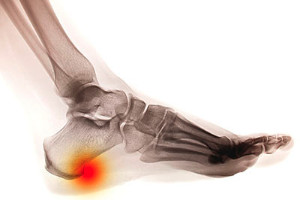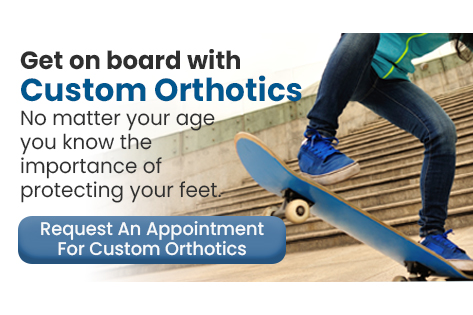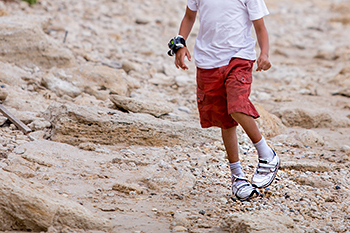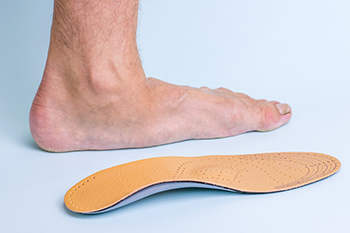
A heel spur is a bony growth that forms on the underside of the heel bone, often causing significant discomfort. This condition typically arises from repetitive stress or strain on the foot, which can lead to inflammation of the plantar fascia, the ligament that supports the arch. Risk factors can include obesity, prolonged standing, improper footwear, and activities that put excessive pressure on the feet. The main symptom is sharp, stabbing pain in the heel, particularly during the first steps in the morning or after periods of rest. To prevent heel spurs, it is essential to wear supportive shoes, maintain a healthy weight, and avoid excessive strain on the feet. Stretching exercises for the Achilles tendon and the plantar fascia can also help reduce the risk of developing this condition. If you have heel pain, it is suggested that you promptly schedule an appointment with a podiatrist who can accurately diagnose and treat heel spurs.
Heel spurs can be incredibly painful and sometimes may make you unable to participate in physical activities. To get medical care for your heel spurs, contact one of our podiatrists from Foot & Ankle Centers of Charlotte County . Our doctors will do everything possible to treat your condition.
Heels Spurs
Heel spurs are formed by calcium deposits on the back of the foot where the heel is. This can also be caused by small fragments of bone breaking off one section of the foot, attaching onto the back of the foot. Heel spurs can also be bone growth on the back of the foot and may grow in the direction of the arch of the foot.
Older individuals usually suffer from heel spurs and pain sometimes intensifies with age. One of the main condition's spurs are related to is plantar fasciitis.
Pain
The pain associated with spurs is often because of weight placed on the feet. When someone is walking, their entire weight is concentrated on the feet. Bone spurs then have the tendency to affect other bones and tissues around the foot. As the pain continues, the feet will become tender and sensitive over time.
Treatments
There are many ways to treat heel spurs. If one is suffering from heel spurs in conjunction with pain, there are several methods for healing. Medication, surgery, and herbal care are some options.
If you have any questions feel free to contact our offices located in Punta Gorda and Port Charlotte, FL . We offer the latest in diagnostic and treatment technology to meet your needs.



 Clubfoot,
Clubfoot,
 Athlete's foot,
Athlete's foot,